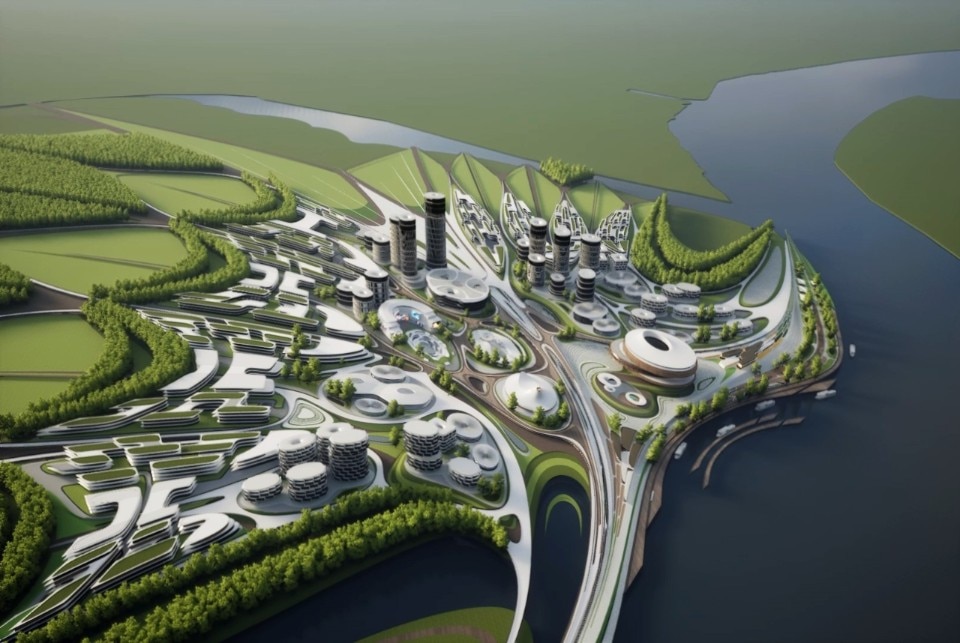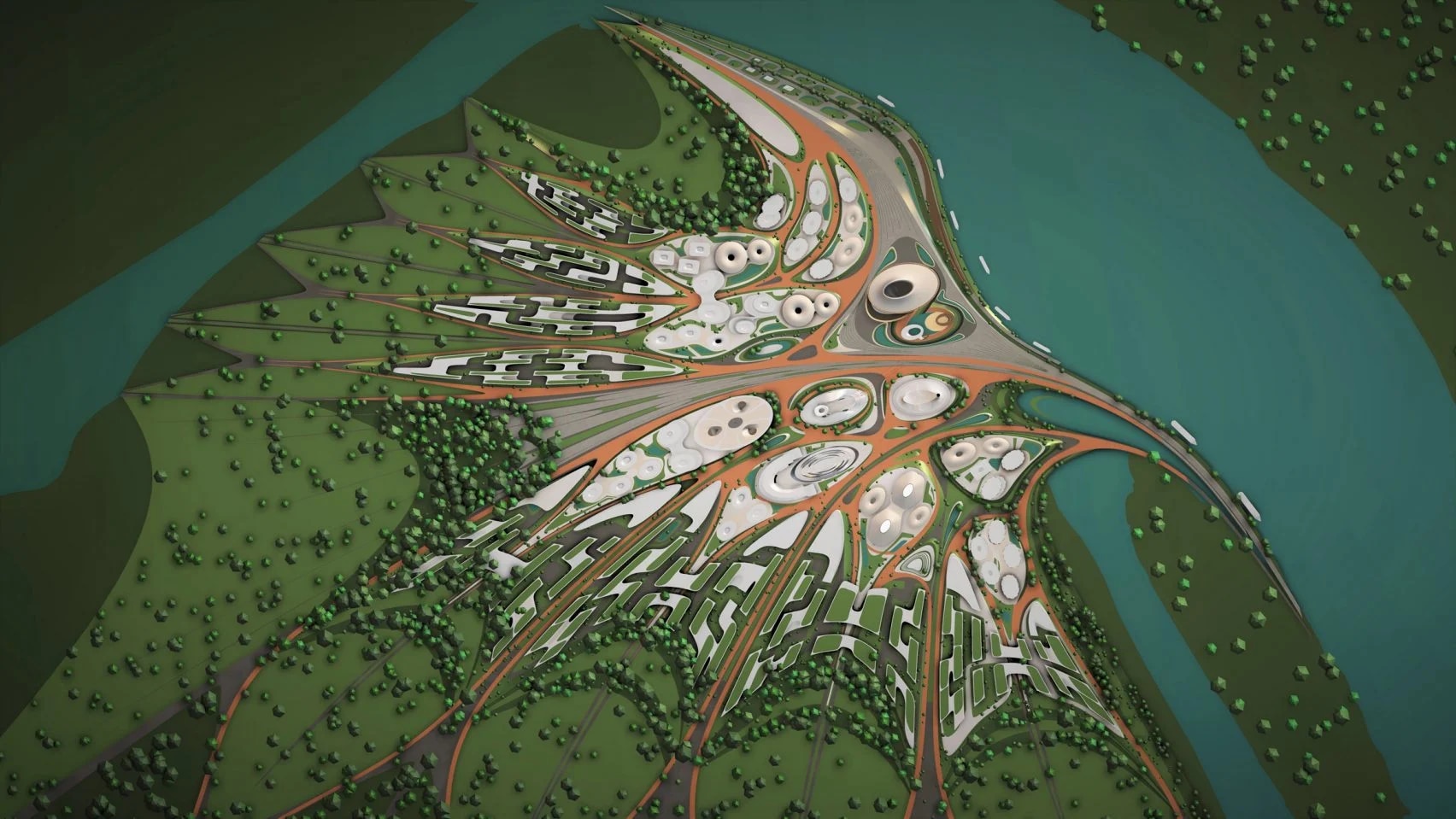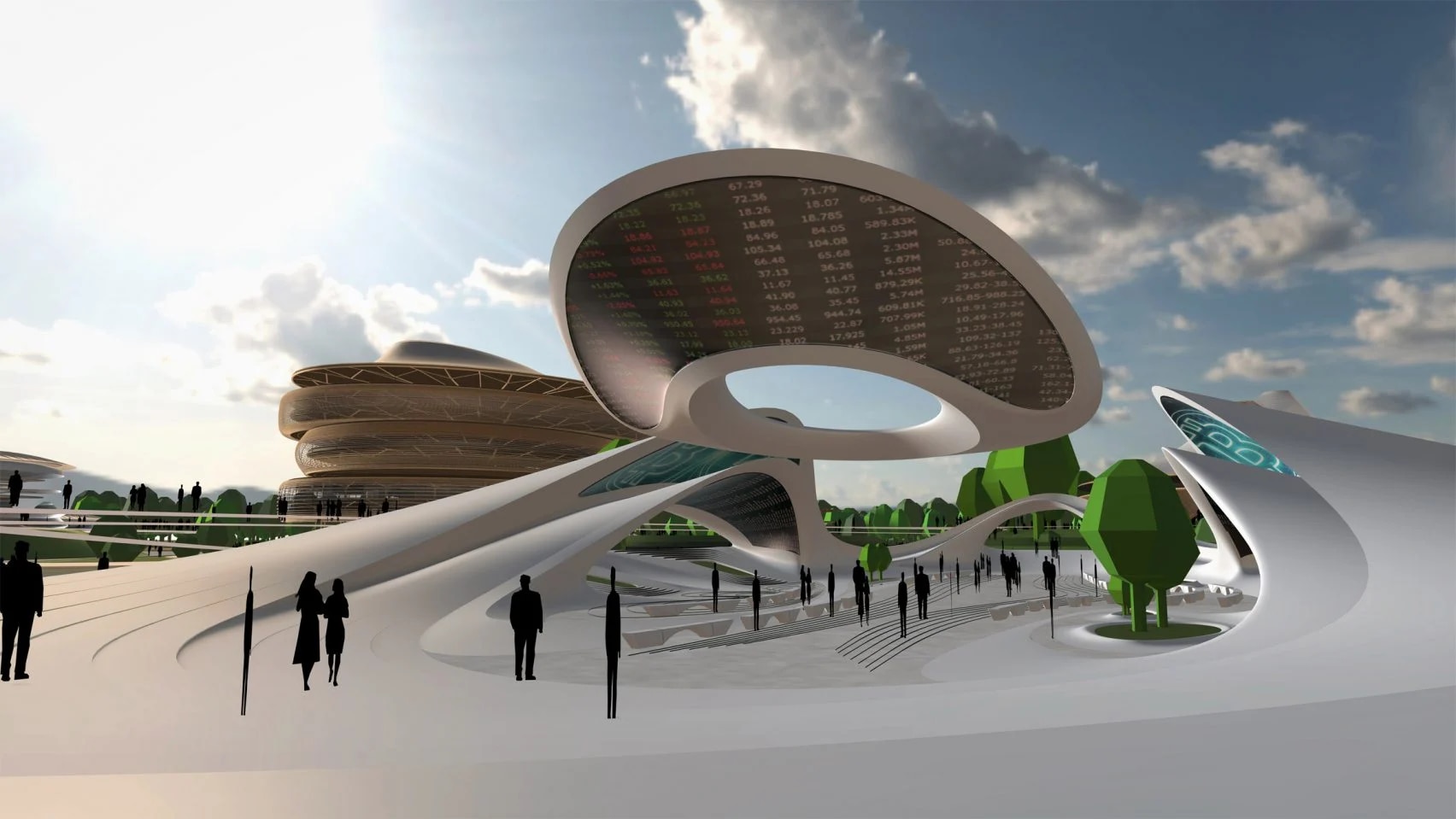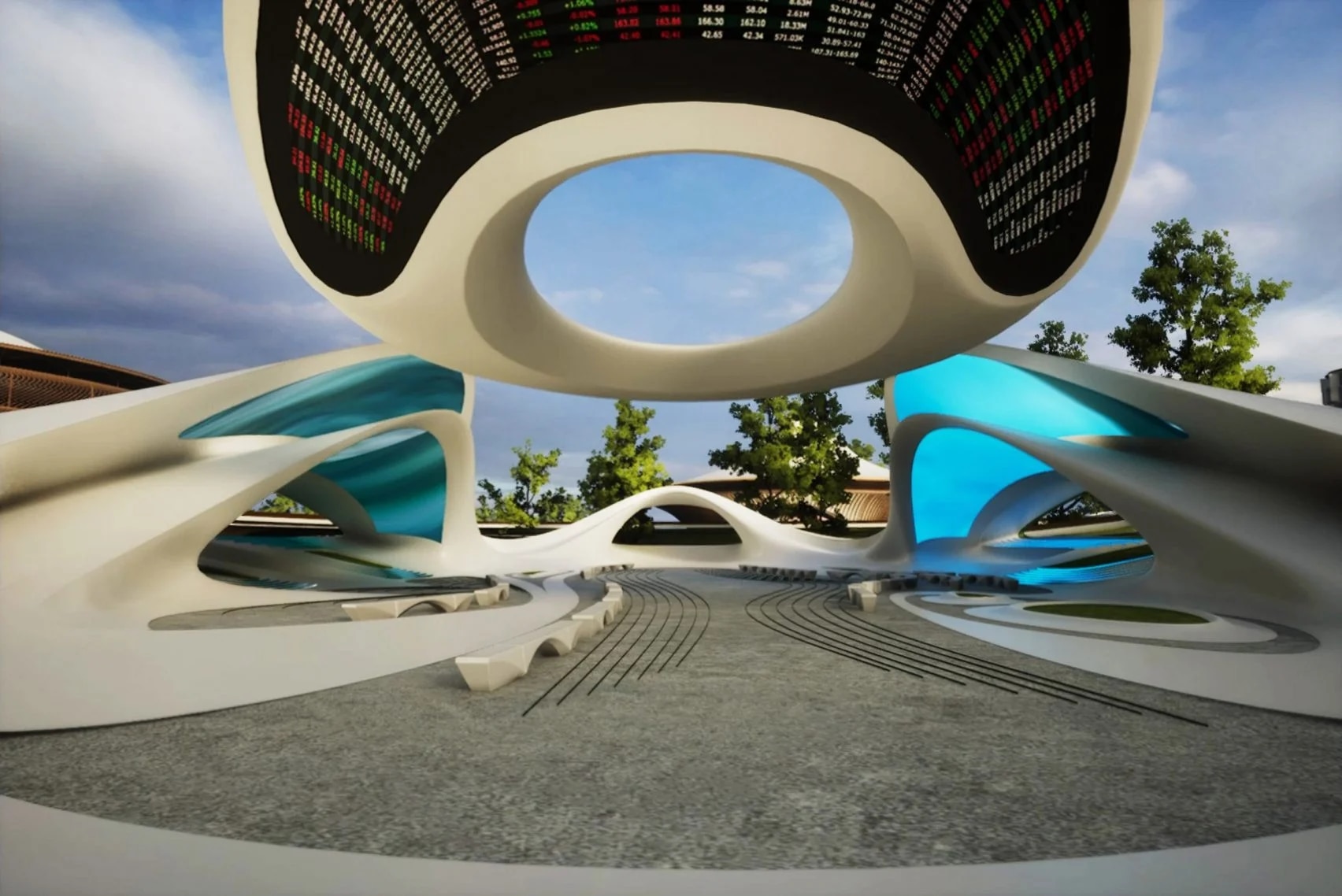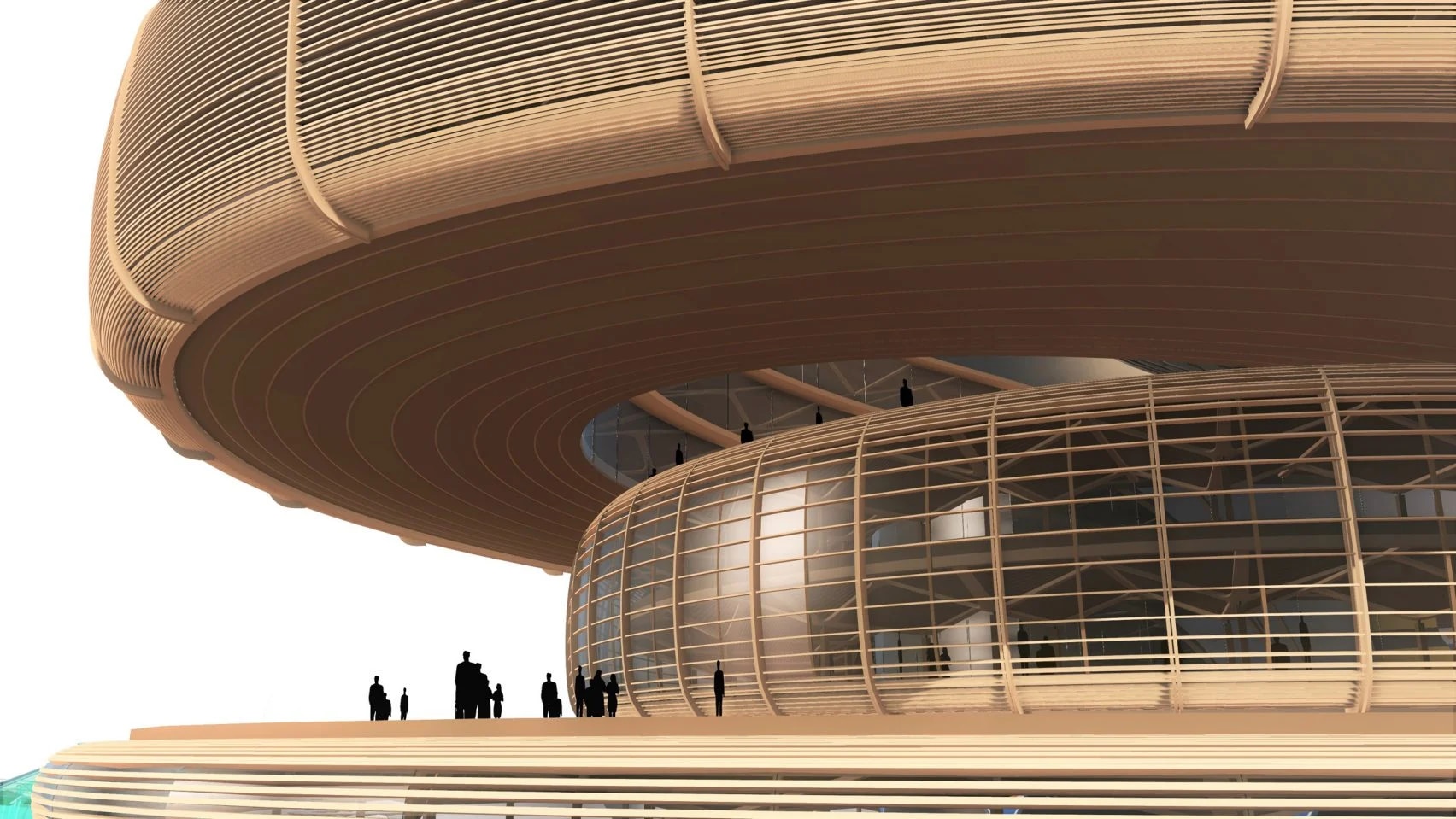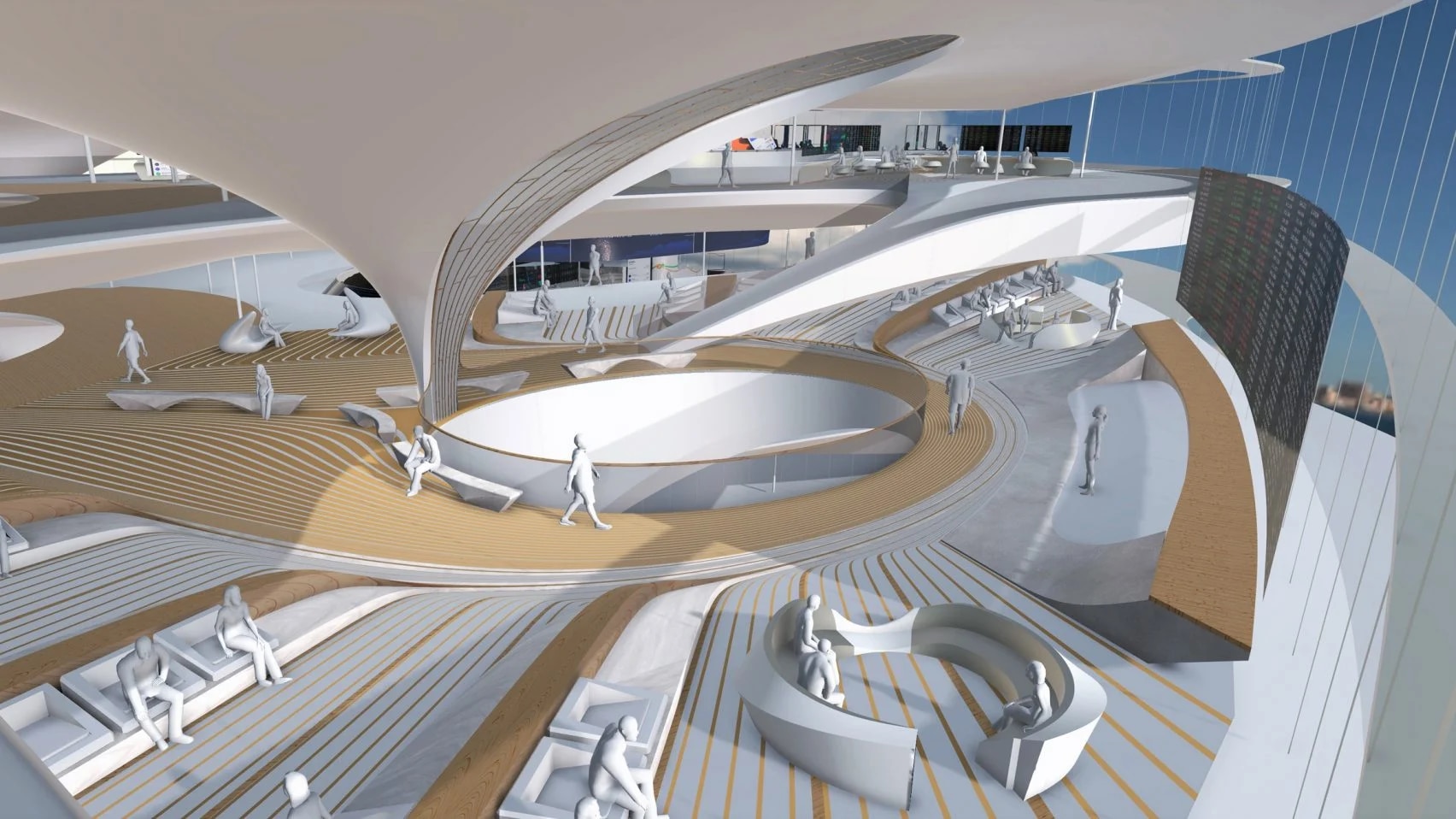Shajay Bhooshan, much like Zaha Hadid, founder of the celebrated London firm who passed away in 2016, is a mathematically trained expert in computation. As Bhooshan points out, ZHA’s architectural and urban design projects “would not be possible to conceive nor construct without parametric design.” The firm, which was founded in 1980 and has grown in recent years thanks in part to the leadership of Patrik Schumacher, is curiously described by Bhooshan as a “digital native” – a title apparently not limited to kids born in the 1990s.
All joking aside, the application of digital to design, imprinted in ZHA’s DNA, has always allowed ZHA’s projects to be “finely attuned to the algorithmic and parametric ordering principles shared by both complex natural systems and computational technologies.” A plan that sounds ambitious but which Bhooshan – as an expert in calculus, geometry, and optimization methods – (rightly) tells in great detail.
Zaha Hadid Architects (ZHA) was born digital. It did not become digital along the way.
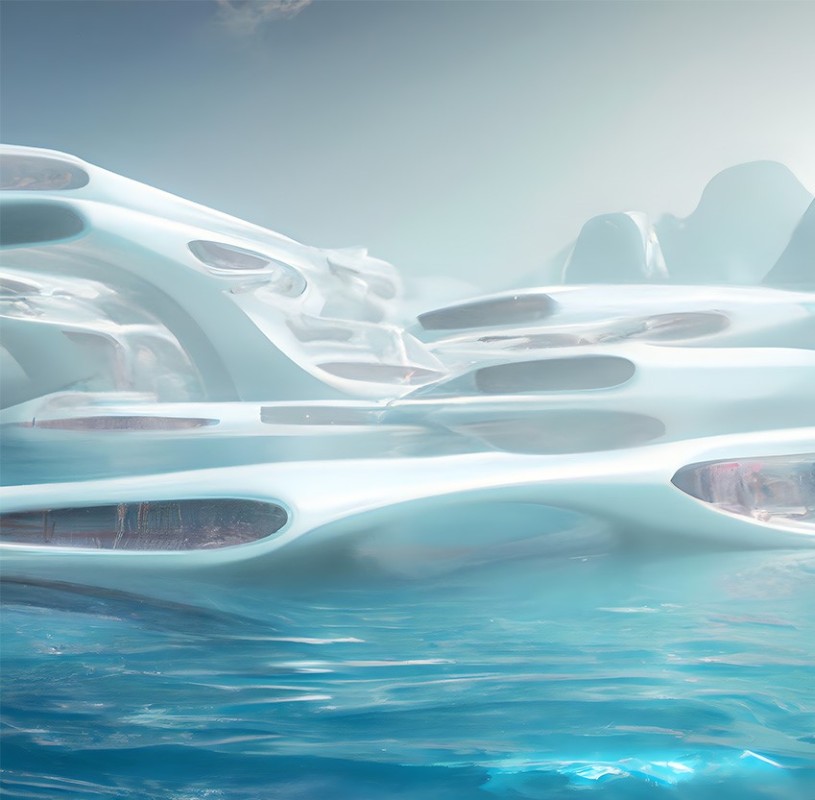
With constant reference to the work of architects such as Otto Frei, Antoni Gaudí, Félix Candela, and Pier Luigi Nervi, “the architecture of ZHA is purposefully designed to maintain coherence whilst still addressing the complex spatial, social and ecological requirements of the 21st-century society.” That is, to take into account the complex web of information that characterizes the habitat of our contemporary society.
Today, firms like ZHA thrive on “building a dense network of academic, scientific, and designer collaborators, engineering consultants, technology start-ups, software vendors,” says Bhooshan. They attract talents who can develop a “first-principle approach to architectural pedagogy” and are eager to experiment with new technologies from all areas of design: automotive, computer graphics, video games, fashion, and robotics.
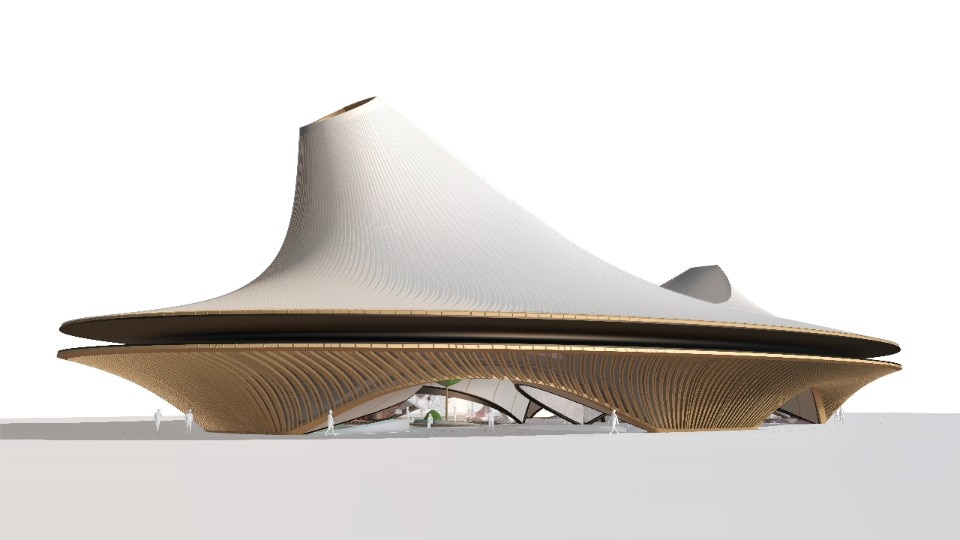
Bhooshan invites architects and laypeople to question “the importance of architecture and architectural technologies to meet the increased necessity for purpose-designed virtual spaces that enable users to have productive social experiences” that are also participatory.
In this regard, over the past two years, ZHA has focused on research and development projects in the digital world, in part through the creation of ZHA Code. These include the “Meta-Horizons: The Future Now” exhibition, created in collaboration with Seoul’s Dongdaemun Design Plaza and designed to be a "catalyst for the instigation and exchange of ideas and for new technologies and media to be explored.” ZHA also built a “high-fidelity” Metaverse, a twin to its potential real-world counterpart called Liberland.
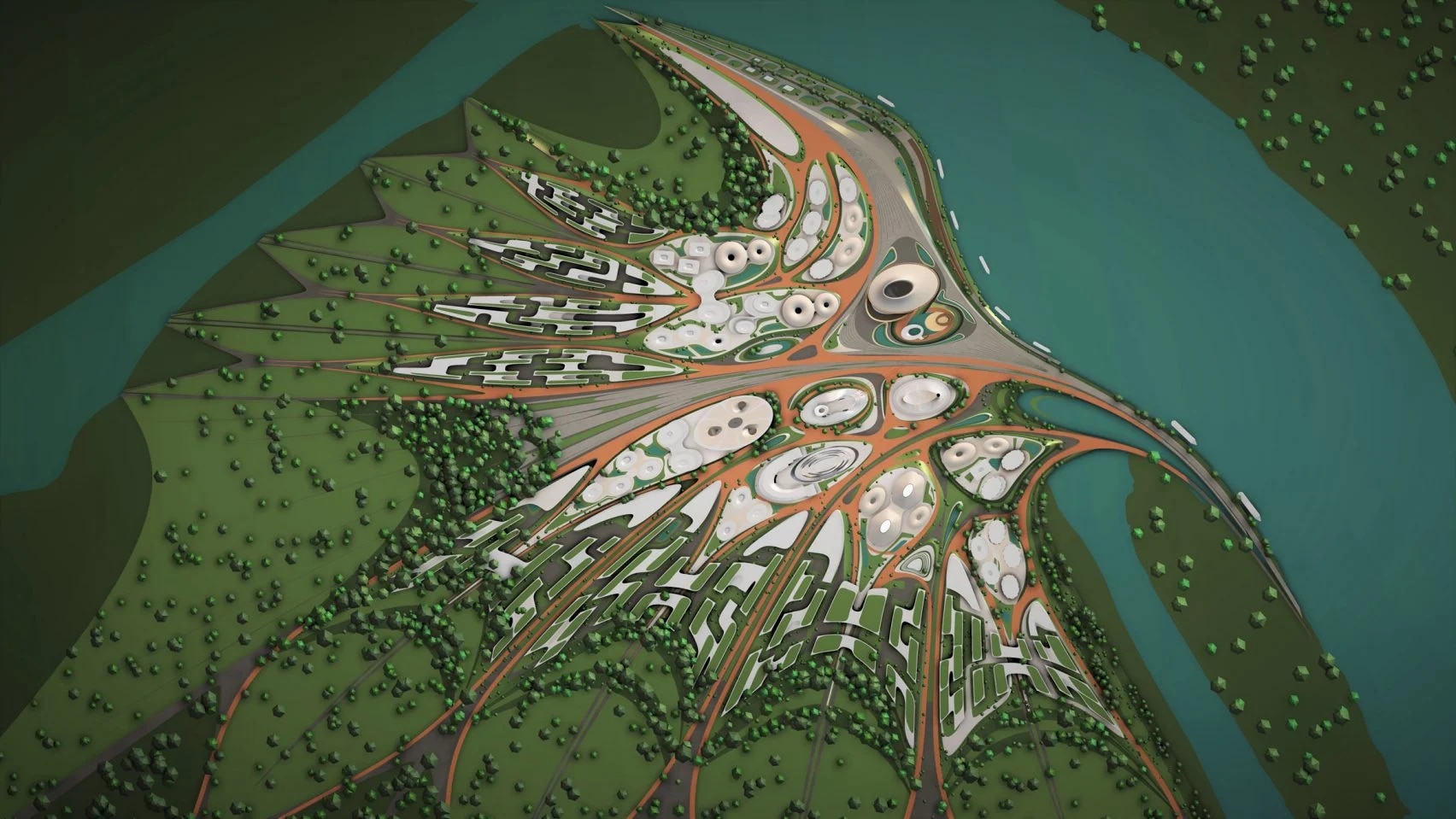
Also worth mentioning is Architecting the Metaverse – an “immersive art project at the intersection of architecture, art, technology, and artificial intelligence (AI),” which was the result of a six-month collaboration with Refik Anadol Studio, specialized in all-digital art and design. Architecting the Metaverse is a pilot project that combines the “metaverse and Generative AI,” realized with technologies such as massive multiplayer online (MMO) gaming technologies, photorealistic 3D environments, high-speed and cloud technologies that convey “spatiality, immersiveness, and sociality.”
After speculations of all kinds about metaverses and digital worlds, Bhooshan's view is a breath of fresh air. Although the laws of physics do not constrain virtual contexts, Bhooshan brilliantly observes how the design of spaces to host many simultaneous human users must foreground aspects of spatial experience, whether the spaces are virtual or physical.
Take stadiums, concert halls, and airports. Digital is real. The design of a platform, just like that of a social space, has a direct impact on the lives of its users.
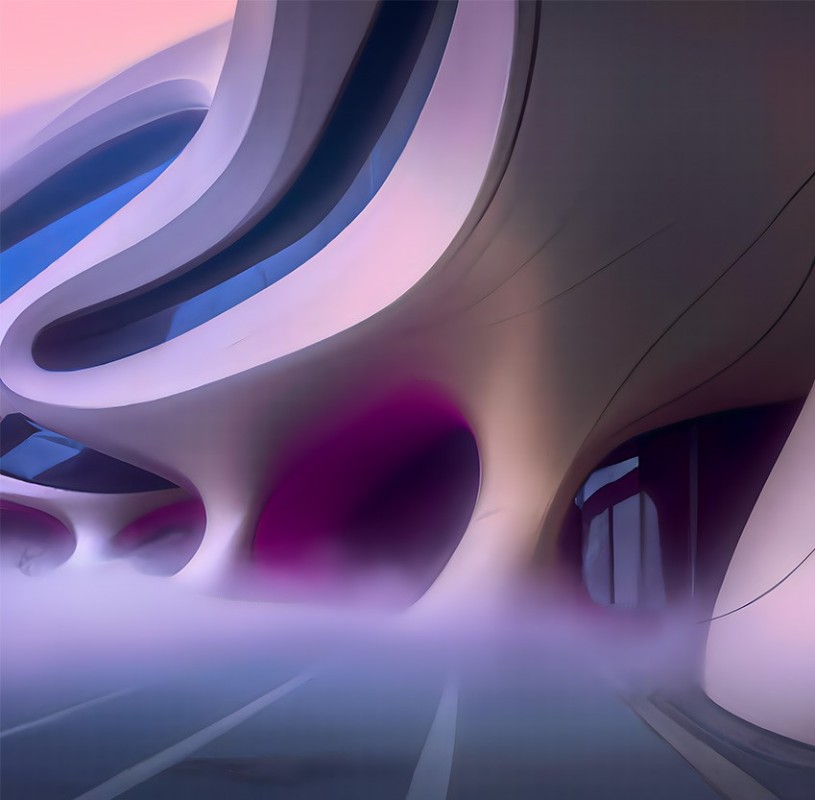
For this reason, ZHA and ZHA Code, who have been working for some time on digitizing social flows and then bringing them back into physical projects in real cities, preferred to draw a “continuum between the metropolis and the metaverse and back” in their digital projects. On the one hand, there was “greater experimentation with mutations, unusual configurations, and user customizations.” On the other hand, there was a return to previously explored vocabularies.
Thus, the flowing lines of the Heydar Aliyev Center or the London Aquatics Center entered the Liberland Metaverse. The latter was realized with high photographic and structural fidelity and “is designed to spatially host the citizens and collaborators of Liberland, in anticipation of its physical realization." For Bhooshan, these kinds of initiatives also have a pre-design utility, they are a sort of giant customizer of cities or urban realities. “Such projects include clients wanting to establish pre-sales experiences to test and tailor the designs prior to physical realization.”
Bhooshan does not dwell on the political reality of Liberland, a libertarian micronation between Croatia and Serbia proclaimed by Vít Jedlička, a Czech politician and activist belonging to the right-wing libertarian movement. This is a gray area that has characterized other recent projects of the firm, such as that of Al-Janoub, the stadium built for the World Cup in Qatar, whose construction drew criticism from many organizations – including Amnesty International – for the disastrous treatment of migrant workers employed on the construction sites. Can’t all variables of reality be taken into account, or are some data occasionally excluded from the equation?
Opening image: Liberland, masterplan. Photo courtesy Zaha Hadid Architects


